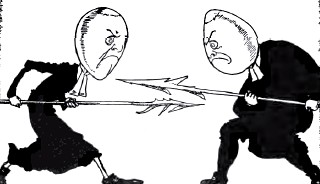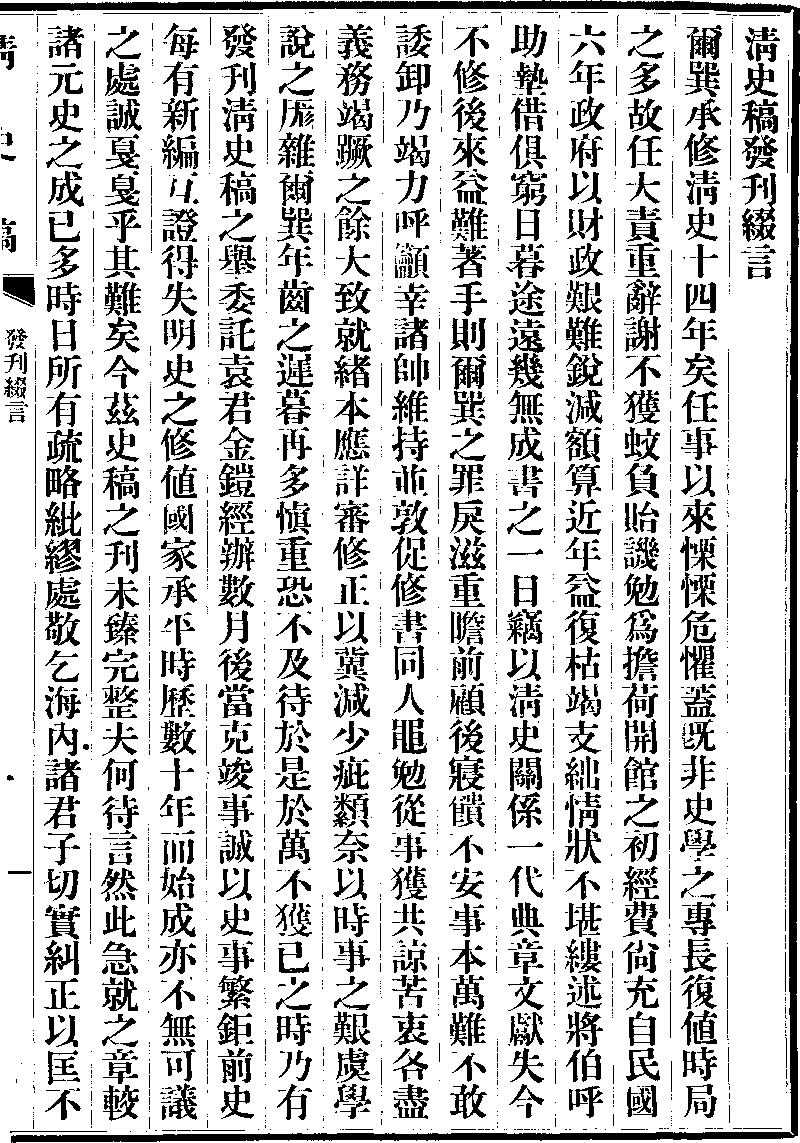Endianness In Real World
Introduction
In computer science and engineering, we would often use the word “endianness” to describe the order of bytes within a binary representation of a word in the memory in a certain computer architecture. There used to be two major endianness, “big-endian” and “little-endian”. But now it seems that most of the computer architectures use “little-endian” or “bi-endian”, i.e., both “big-endian” and “little-endian” are supported, over “big-endian”.
The word “endian” seemed strange to me, as a non-native English speaker, at the first glance. It could not even be found in the “Dictionary by Merriam-Webster”. It turns out that there is a fun story for its etymology and there are many real-world examples in addition to its appearance in computer.
Etymology
The words “little-endian” and “big-endian” were first introduced to computer engineering by Danny Cohen for byte ordering representations in the article “On Holy Wars and a Plea for Peace” published by the Internet Engineering Task Force (IETF) in 1980.
Suppose we have a word that consists of 4 consecutive bytes, [0x12, 0x34, 0x56, 0x78]. In a big-endian ordering they would be [0x12, 0x34, 0x56, 0x78] on the memory, while in a little-endian ordering, the bytes would be arranged [0x78, 0x56, 0x34, 0x12].
He borrowed the words “little-endian” and “big-endian” from the Chapter IV of “Gulliver’s Travels” written by Jonathan Swift in 1726. They were used for describing the opposing positions of two factions in the nation of Lilliput in the book. Basically, the king of Lilliput demanded his subjects break their boiled eggs at the little end, and the Big-Endians, who broke their boiled eggs at the big end, rebelled against the king. It really seemed to be a trifling matter but caused wars.

Later, as computers become more important for our daily life, the word “endian” and “endianness” become well known, at least within the group of more and more people who study computer science and engineering, .
Real-World Examples
Recently, I realized that there are many other real-world examples for endianness, which we have not been aware.
The Given and Family Name Order
The orders of given name and family name are different in eastern and western countries. People from China and Japan put the family name before given name, whereas people from most of the other countries, as far as I know, put the given name before family name.
For example, my name in Chinese is “毛 (Mao) 磊 (Lei)” whereas on my US driver’s license it is “Lei Mao”.
The Chinese Character Stroke Order
Before People’s Republic of China was founded, the Chinese people wrote the Chinese characters from top to bottom, right to left. Later, to make the reading and writing process more “natural” and facilitate “compatibility” of the Chinese characters and English words, the Chinese government “enforced” the publications to print characters from left to right, top to bottom.

The Year, Month, and Day Order
Different countries use different order of year, month, and day. In China people use YYYY/MM/DD whereas in US people use MM/DD/YYYY.
The Address Order
The address conventions are also different in eastern and western countries. In China, the order is country, province, city, district, street, and unit, in a descending order of the “size”. In US, the order is sort of the opposite, street and unit, city, state, and country.
Final Words
There can be more examples for endianness. The readers are welcome to give more examples under the post.
References
Endianness In Real World